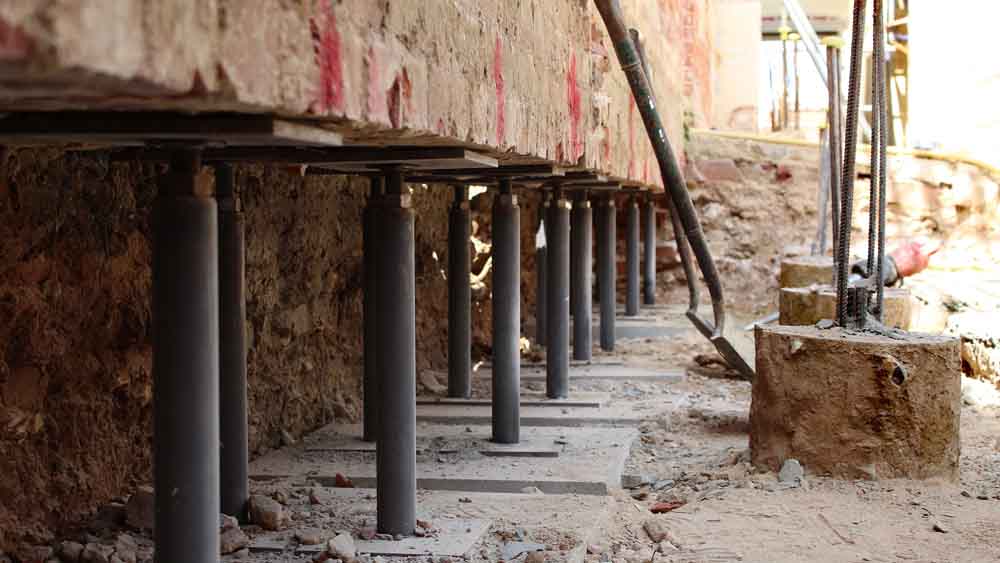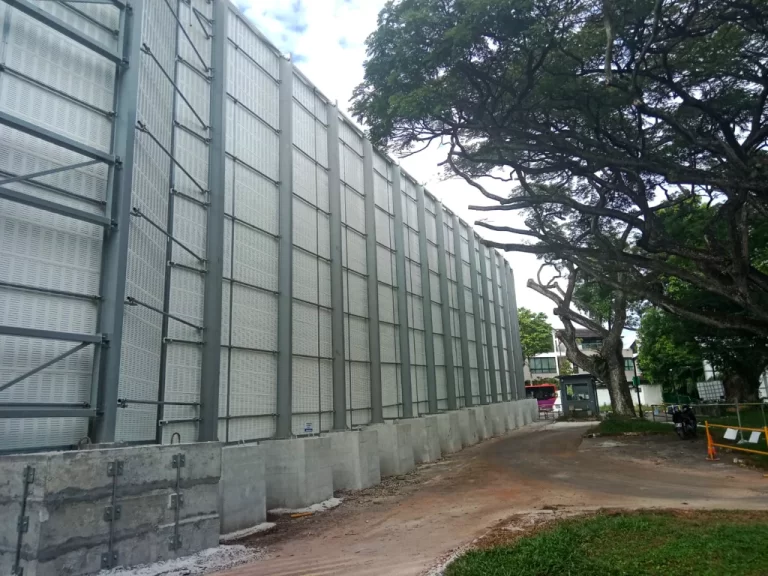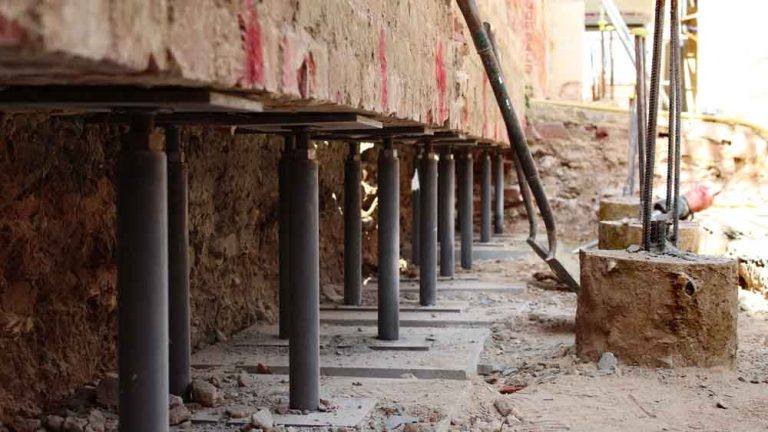
When a building’s foundation starts to settle, crack, or weaken, it poses serious risks to the structure’s stability and safety. Fixing those issues requires specialized expertise — and that’s where underpinning engineers come in. These professionals design and implement methods to strengthen and stabilize existing foundations, ensuring that structures remain safe, level, and durable for decades to come.
Modern underpinning is far more advanced than simply adding more concrete under a building. Today’s engineers use a combination of precise analysis, cutting-edge technology, and specialized techniques tailored to each site’s soil conditions and structural requirements. Expert teams like NadeauSDM underpinning engineers are known for their innovative and customized solutions that protect structures large and small — from homes and heritage buildings to industrial and commercial properties.
Here’s an in-depth look at the techniques underpinning engineers use to reinforce foundations and restore stability.
1. What Is Underpinning and Why Is It Needed?
Underpinning is the process of strengthening or stabilizing the foundation of an existing building. It’s typically required when the original foundation is no longer able to support the structure due to:
- Soil movement or erosion.
- Poor initial construction or design.
- Increased loads (e.g., adding new floors).
- Water infiltration or changes in groundwater levels.
- Nearby excavation or construction activity.
Underpinning ensures the building remains safe and prevents further settlement, cracking, or structural damage.
2. The Role of Underpinning Engineers
Underpinning engineers specialize in diagnosing foundation problems and designing the most effective and minimally invasive repair methods. Their work involves:
- Conducting site investigations and soil testing.
- Assessing load distribution and structural stresses.
- Designing custom underpinning solutions for each project.
- Supervising installation to ensure safety and compliance.
Their precision and technical expertise are critical in preventing costly structural failures and ensuring long-term stability.
3. Traditional Mass Concrete Underpinning
One of the oldest and most widely used techniques is mass concrete underpinning, often referred to as the “pit method.”
The process involves:
- Excavating small sections beneath the existing foundation in stages.
- Filling each section with concrete to extend the foundation deeper into stable soil.
- Repeating the process sequentially to support the entire structure.
While time-tested and reliable, this method is best suited for smaller buildings or situations where deep excavation isn’t required. It’s effective but can be labor-intensive and slow compared to newer techniques.
4. Mini-Piled Underpinning
For sites with deep unstable soils or where access is limited, mini-piled underpinning is often the go-to solution.
This technique uses small-diameter piles (150–300mm) that are drilled deep into the ground until they reach strong bearing strata. These piles then transfer the building’s load from the weak upper layers to more stable soil or rock below.
Benefits include:
- Minimal vibration and disruption.
- Suitable for confined or urban spaces.
- Effective for deeper foundations.
Mini-piles are particularly useful for underpinning buildings located near other structures, where traditional excavation would be risky.
5. Jet Grouting
Jet grouting is a high-tech method used when the soil beneath a structure needs to be strengthened without large-scale excavation.
Engineers inject a high-pressure stream of cement grout into the ground through small boreholes, mixing it with the soil to create columns of reinforced material. These grout columns act as a solid foundation beneath the structure.
Advantages:
- Ideal for poor or variable soils.
- Minimal surface disruption.
- Creates waterproof and highly stable foundation zones.
Jet grouting is often used in complex urban sites or for structures located above soft clay or sand layers.
6. Screw Pile (Helical Pile) Underpinning
This modern method uses steel screw piles that are twisted into the ground like giant screws. The piles reach deep, stable layers, and are then attached to the building’s foundation via brackets.
Benefits of screw piles:
- Quick installation with minimal excavation.
- Immediate load-bearing capability.
- Adjustable and removable if necessary.
- Environmentally friendly and low vibration.
They’re excellent for both residential and commercial projects, especially where soil conditions vary.
7. Needle Beams and Cantilever Needles
For buildings requiring localized support (such as near walls or corners), engineers may use needle beams — steel beams that pass through openings in the wall to distribute loads to new supports.
This method allows for careful underpinning in sections, maintaining the structure’s balance while work is carried out below. It’s often used for heritage buildings or structures that can’t tolerate vibration or movement.
8. Pile and Beam Underpinning
This hybrid method combines piles with reinforced concrete beams. The piles are installed at intervals beneath the existing foundation, and a concrete beam is poured across the tops of the piles to evenly distribute the building’s load.
Advantages include:
- Strong structural integration.
- Suitability for uneven or sloped ground.
- Reduced excavation volume.
Pile and beam underpinning is frequently used for large or heavy buildings that require both depth and distributed strength.
9. Resin Injection (Chemical Underpinning)
In recent years, resin injection has become an increasingly popular method for small-scale foundation stabilization.
It involves injecting an expanding polyurethane resin beneath the foundation. As the resin expands, it fills voids, compacts the soil, and lifts the foundation back to its original position.
Key benefits:
- Non-invasive and fast.
- No need for large machinery.
- Ideal for fixing minor settlement or voids.
This technique is often used for residential homes or light commercial buildings experiencing minor sinking or uneven floors.
10. Underpinning with Caissons (Deep Shafts)
For very deep foundations or large industrial projects, engineers may use caisson underpinning. This involves sinking large shafts (caissons) beneath the structure and filling them with reinforced concrete.
This method is typically reserved for:
- Bridges and heavy infrastructure.
- Buildings with deep basements.
- Projects requiring high load capacities.
Though complex, it provides unparalleled stability for massive loads and deep foundations.
11. Soil Nailing for Lateral Stability
Sometimes underpinning is combined with soil nailing — a technique used to reinforce slopes or excavations adjacent to foundations.
Steel rods (“nails”) are inserted into pre-drilled holes in the soil, then grouted to create a stable wall. This prevents ground movement that could undermine the structure being supported.
12. Structural Monitoring and Precision Lifting
Throughout the underpinning process, engineers use real-time monitoring systems to track movement, stress, and load changes. Sensors and laser-level instruments ensure that the structure remains stable during excavation or lifting.
In cases of uneven settlement, hydraulic jacks can be used for precision lifting, gradually re-leveling the foundation while maintaining structural integrity.
13. Safety and Compliance
Underpinning work occurs in sensitive environments — often beneath occupied or heritage buildings. Therefore, safety is paramount.
Underpinning engineers adhere to strict standards such as:
- Building codes and geotechnical regulations.
- Load testing and inspection protocols.
- Worker safety and confined space requirements.
Proper planning, monitoring, and phased execution prevent accidents and structural failures during construction.
14. Custom Solutions for Each Site
Every foundation problem is unique. Engineers must consider variables like soil composition, load type, accessibility, and surrounding structures before deciding on a method.
Firms like NadeauSDM underpinning engineers take a holistic approach — combining geotechnical studies, 3D modeling, and structural analysis to tailor solutions that balance efficiency, safety, and longevity.
15. The Future of Underpinning Engineering
The field continues to evolve with new materials and technologies, including:
- Smart sensors for continuous foundation monitoring.
- Eco-friendly cement and resin alternatives.
- Robotic drilling and pile installation systems.
- AI-based structural modeling for precision prediction and optimization.
These advancements make underpinning faster, cleaner, and more sustainable — helping engineers safeguard buildings while minimizing environmental impact.
Final Thoughts
Underpinning is one of the most technically demanding aspects of structural engineering, requiring precision, experience, and innovation. From traditional concrete pits to advanced resin injection and mini-pile systems, each technique plays a vital role in stabilizing and protecting our built environment.






